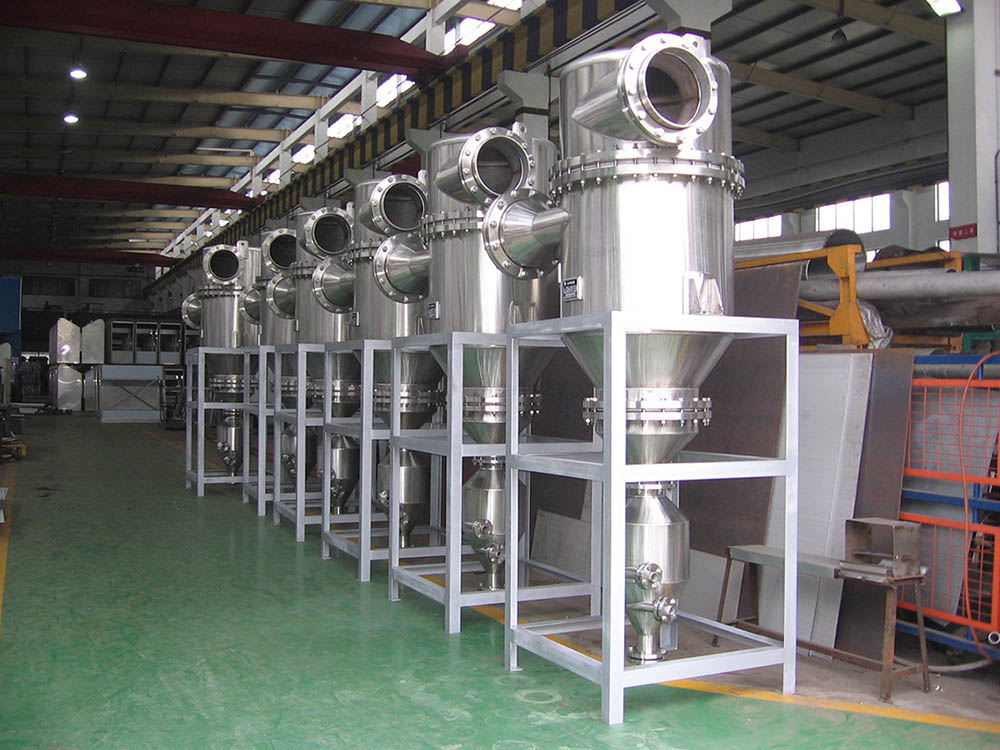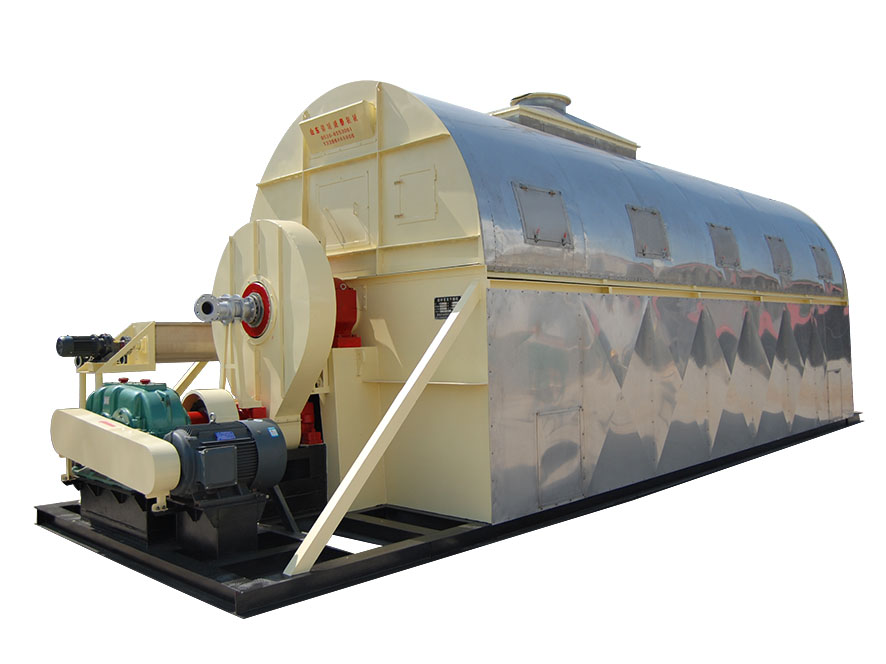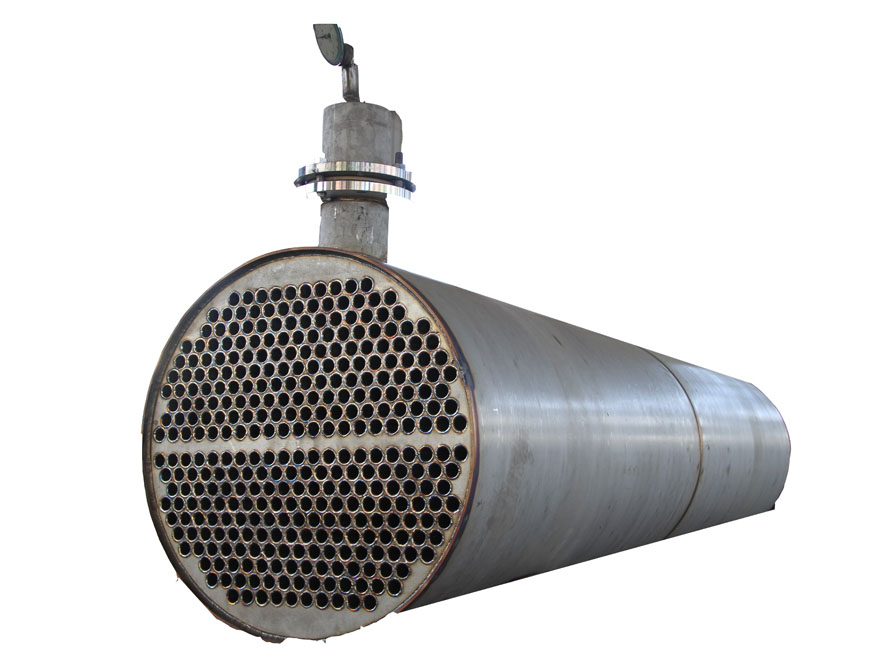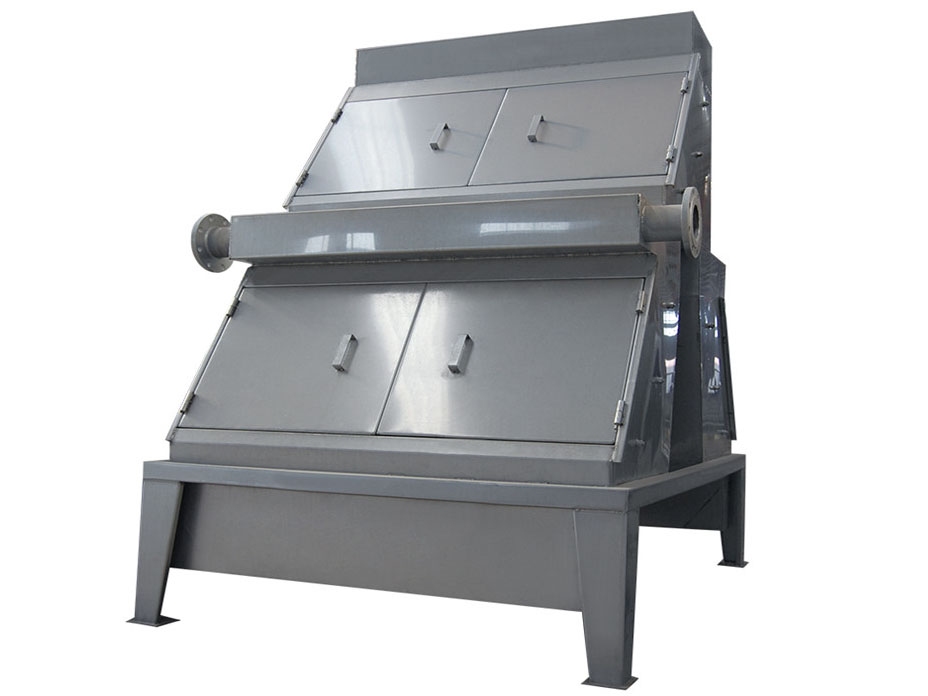High Quality Cyclone Sand Separator - Sand removing cyclone – Weitai
High Quality Cyclone Sand Separator - Sand removing cyclone – Weitai Detail:
Technical parameters
| Type | Separation cylinder diameter(mm) | Production capacity commodity corn(t/d) | Feed pressure(Mpa) | Recoil pressure(Mpa) | Dimensions(mm) |
| SPX-360 | 360 | 150 | 0.1 | 0.1 | 580×430×1520 |
| SPX-450 | 450 | 300 | 0.2 | 0.2 | 1129×970×2538 |
| SPX-750 | 750 | 500 | 0.25 | 0.25 | 1200×900×2730 |
| SPX-1000 | 1000 | 1600 | 0.35 | 0.35 | 1500×1150×3420 |
Anyone who pumps liquid for any purpose (irrigation, industrial, or private and public water systems) knows their greatest enemy is sand, silt, grit or other solid particles. These elements reduce efficiency of equipment by plugging and clogging sprinklers, drip emitters, valves and spray nozzles. They also cost time and money in repairs, replacement parts, downtime, wasted energy, and a loss of productivity. Decreased efficiency is also a major problem as equipment gradually clogs up or wears out, lowering productivity until replacement occurs. Sand Water Separation is the method used for the removal of unwanted, heavier solids in all processes with the help of our hydro cyclonic separator – Sand Eliminator which is the centrifugal separator.
The Sand Eliminator removes sand and other solids from pumped water and other fluids. There are no screens, cartridges, or filter elements. The key to removing solids is centrifugal action. As water enters the sand eliminator, it immediately transfers from the outer chamber to the inner chamber through tangential slots. Those slots maintain the centrifugal action in the same direction and accelerate the water into a smaller diameter chamber. That allows centrifugal action to do what gravity would do over time.So, the performance of an sand eliminator is predicated on the weight of a particle, and not on its size.
Product detail pictures:


Related Product Guide:
We enjoy a very good reputation among our customers for our excellent product quality, competitive price and the best service for High Quality Cyclone Sand Separator - Sand removing cyclone – Weitai , The product will supply to all over the world, such as: Romania, Mumbai, Las Vegas, We have a dedicated and aggressive sales team, and many branches, catering to our main customers. We are looking for long-term business partnerships, and ensure our suppliers that they will definitely benefit in both short and long run.
The company's products very well, we have purchased and cooperated many times, fair price and assured quality, in short, this is a trustworthy company!







